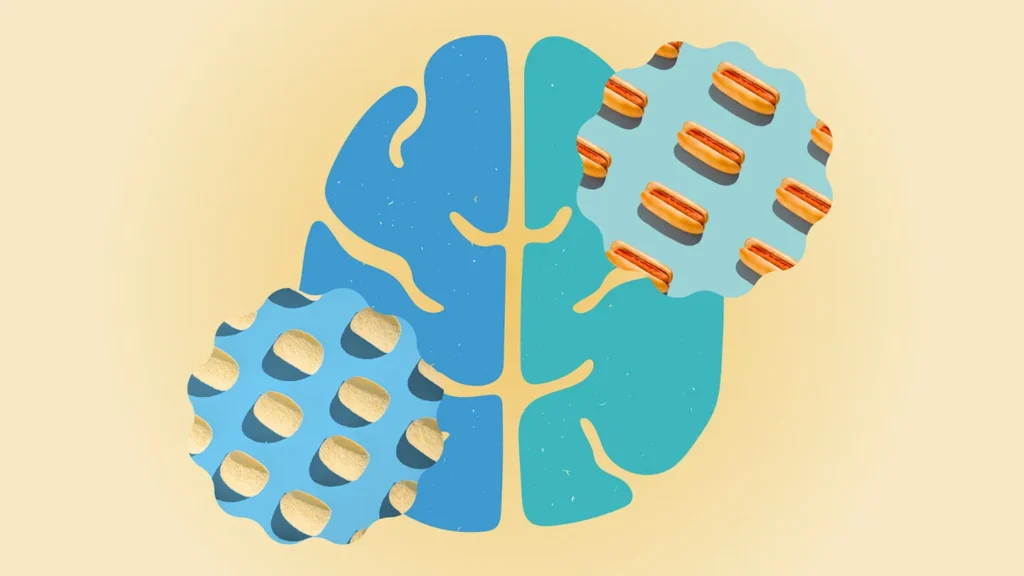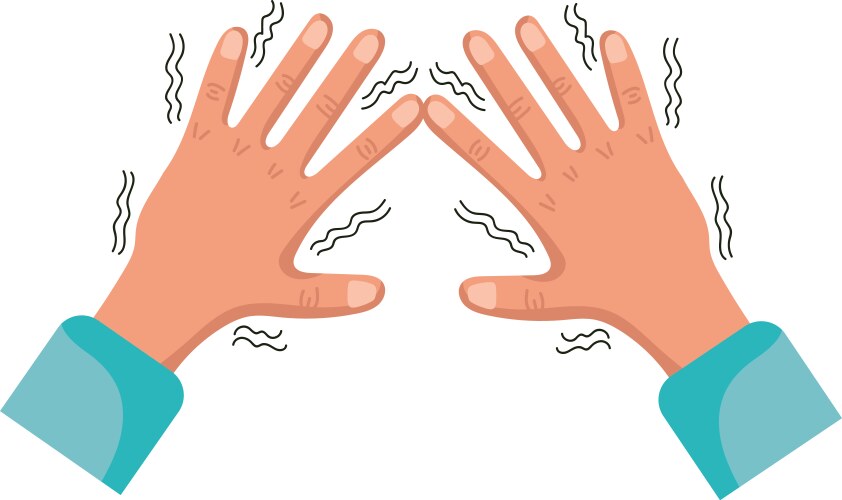A new study has found that consuming a diet high in super-ultraprocessed foods may negatively impact your brain health.
The research, published in Neurology, suggests that people who regularly consume packaged snacks and sweetened beverages are more likely to show very early signs of Parkinson’s disease, a neurodegenerative condition characterized by movement problems.

Key Findings
- Study Overview: A longitudinal study published in Neurology tracked over 42,000 participants, averaging 48 years in age, for up to 26 years. Tech and Science Post+2New York Post+2Health+2
- Dietary Impact: Participants consuming 11 or more daily servings of UPFs—such as sugary snacks, sodas, processed meats, and packaged foods—were found to be 2.5 times more likely to exhibit at least three early signs of Parkinson’s disease compared to those consuming fewer than three servings daily. Tech and Science Post+2New York Post+2Health+2
- Early Symptoms Identified: The early indicators linked to high UPF consumption include impaired sense of smell, depression, sleep disturbances, and difficulties distinguishing colors.
Participants consuming the most UPFs (11+ servings/day) were significantly more likely to report 3 or more of these symptoms:

- Hyposmia (reduced sense of smell)
- REM Sleep Behavior Disorder (acting out dreams, vivid movements during sleep)
- Constipation
- Excessive daytime sleepiness
- Depression and anxiety
- Urinary dysfunction
- Color vision impairment
These symptoms are established biomarkers or prodromal signs of Parkinson’s that can manifest years before motor symptoms like tremors and stiffness.
UPFs included sauces, spreads, condiments, packaged sweets, snacks, desserts, artificially or sugar-sweetened beverages and animal-based products.
What Are Ultra-Processed Foods?
UPFs are defined by the NOVA classification as foods that:
- Are industrially manufactured and contain little to no whole food
- Contain additives, emulsifiers, colorants, preservatives, and flavor enhancers
- Examples:
- Sugary breakfast cereals
- Sweetened drinks (e.g., soda, flavored milks)
- Processed meats (sausages, hot dogs)
- Frozen pizzas, instant noodles
- Packaged snacks (chips, cookies, energy bars)
Possible Biological Mechanisms Linking UPFs to PD
- Chronic Inflammation & Oxidative Stress
- Additives and refined ingredients in UPFs may lead to low-grade systemic inflammation, damaging neurons over time.
- Gut-Brain Axis Disruption
- UPFs negatively affect the gut microbiota, which plays a crucial role in brain health.
- Dysbiosis may impair the vagus nerve signaling to the brain, linked to PD pathogenesis.
- Blood-Brain Barrier Permeability
- Some chemical compounds in UPFs may weaken the blood-brain barrier, increasing vulnerability to neurotoxic insults.
- Mitochondrial Dysfunction
- Emulsifiers and synthetic fats may disrupt energy metabolism in neurons.
Protective Recommendations
- Adopt Diets High in Whole Foods:
- Mediterranean and MIND diets, rich in:
- Leafy greens
- Berries
- Olive oil
- Whole grains
- Fish and legumes
- Mediterranean and MIND diets, rich in:
- Minimize Consumption of UPFs:
- Limit foods with long ingredient lists or that require industrial processing.
- Opt for fresh, minimally processed foods when possible.
- Monitor Early Warning Signs:
- Especially if there’s a family history of PD, stay alert to subtle prodromal changes and consider early neurologic evaluation.
Given the projected rise in Parkinson’s disease cases by 2050, dietary modifications represent a practical approach to reducing modifiable risk factors and potentially slowing disease progression.Health
Rising Prevalence
- By 2040, the number of people with PD is expected to double from ~10 million today to over 20 million, making it the fastest-growing neurological disorder globally.
Other contributors:
- Exposure to pesticides (e.g., paraquat)
- Air pollution
- Solvent exposure (e.g., trichloroethylene in industrial settings)
Neurotechnology and Wearables
- Smartwatches and apps are being used to monitor symptoms in real time.
- AI algorithms can now predict motor symptom progression, aiding personalized therapy.
- Deep Brain Stimulation (DBS) is becoming more adaptive—“closed-loop DBS” adjusts stimulation based on real-time brain activity.
The future of Parkinson’s disease (PD) is shaped by a mix of concern and optimism. While global cases are rising significantly, scientific and clinical advances are driving hope in the areas of prevention, diagnosis, and treatment.


